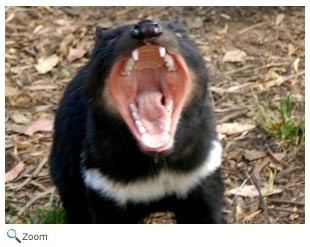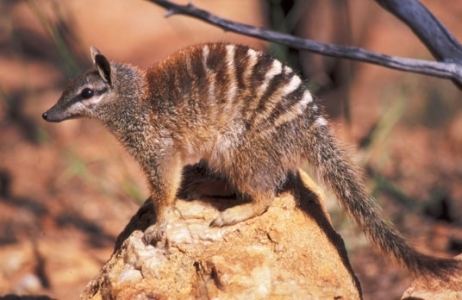Infraclass Marsupialia Scientific name Dasyuromorphia Higher classification Australidelphia Rank Order | Phylum Chordata Superorder Australidelphia | |
 | ||
Mass Tasmanian devil: 8 kg, Thylacine: 30 kg Lower classifications Dasyurids, Quoll, Thylacinus, Antechinus | ||
Dasyuromorphia
The order Dasyuromorphia (meaning "hairy tail") comprises most of the Australian carnivorous marsupials, including quolls, dunnarts, the numbat, the Tasmanian devil, and the thylacine. In Australia, the exceptions include the omnivorous bandicoots (order Peramelemorphia) and the marsupial moles (which eat meat but are very different and are now accorded an order of their own, Notoryctemorphia). Numerous South American species of marsupials (orders Didelphimorphia, Paucituberculata, and Microbiotheria) are also carnivorous.
Contents
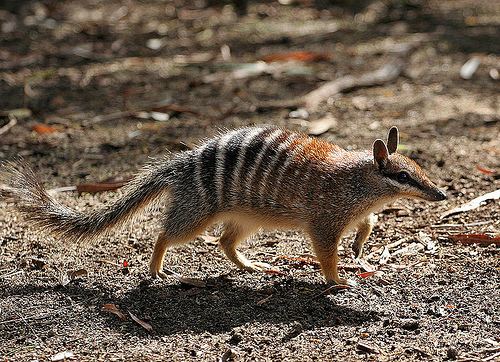
There are four families: one with just a single living species (the numbat), two with only extinct species (including the thylacine and Malleodectes), and one, the Dasyuridae, with about 70 living members.
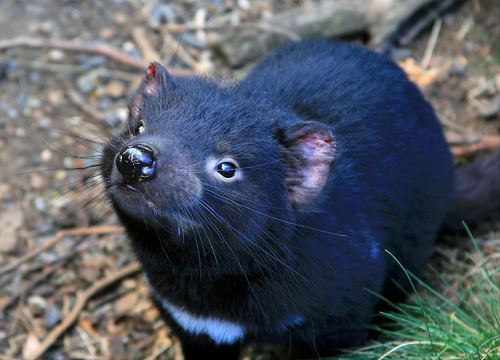
Characteristics
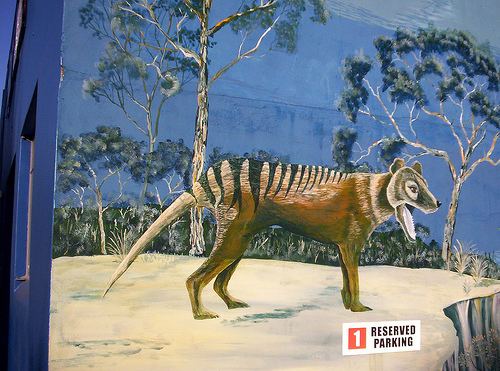
Unlike herbivores, which tend to become highly specialized for particular ecological niches and diversify greatly in form, carnivores tend to be broadly similar to one another, certainly on the level of gross external form. Just as Northern Hemisphere carnivores like cats, foxes and weasels are much more alike in structure than, for example, camels, goats, pigs and giraffes, so too are the marsupial predators constrained to retain general-purpose, look-alike forms—forms which mirror those of placental carnivores. The names given to them by early European settlers reflect this: the thylacine was called the Tasmanian tiger, quolls were called native cats, and so on.
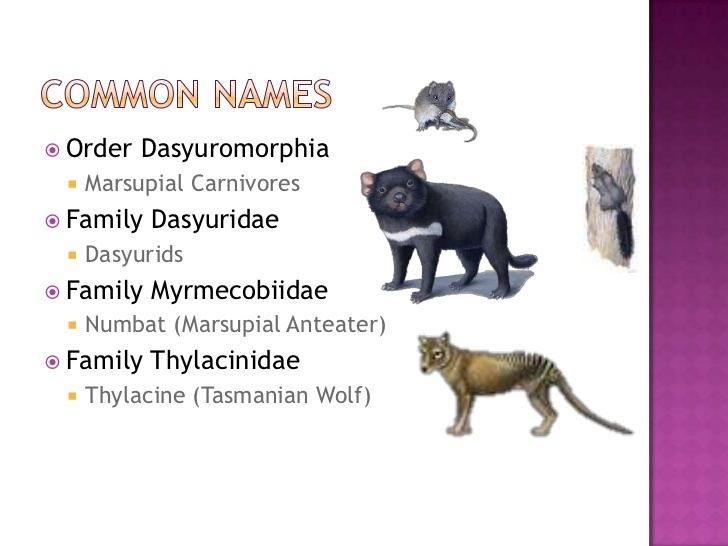
The primary specialisation among marsupial predators is that of size: prior to the massive environmental changes that came about with the arrival of humans about 50,000 years ago, there were several very large carnivores, none of them members of the Dasyuromorphia and all of them now extinct. Those that survived into historical times ranged from the wolf-sized thylacine to the tiny long-tailed planigale which at 4 to 6 grams is less than half the size of a mouse. Most, however, tend towards the lower end of the size scale, typically between about 15 or 20 grams and about 2 kilograms, or from the size of a domestic mouse to that of a small domestic cat.
Classification
To provide context, the table below also shows the other major branches of the Australasian marsupial tree.
